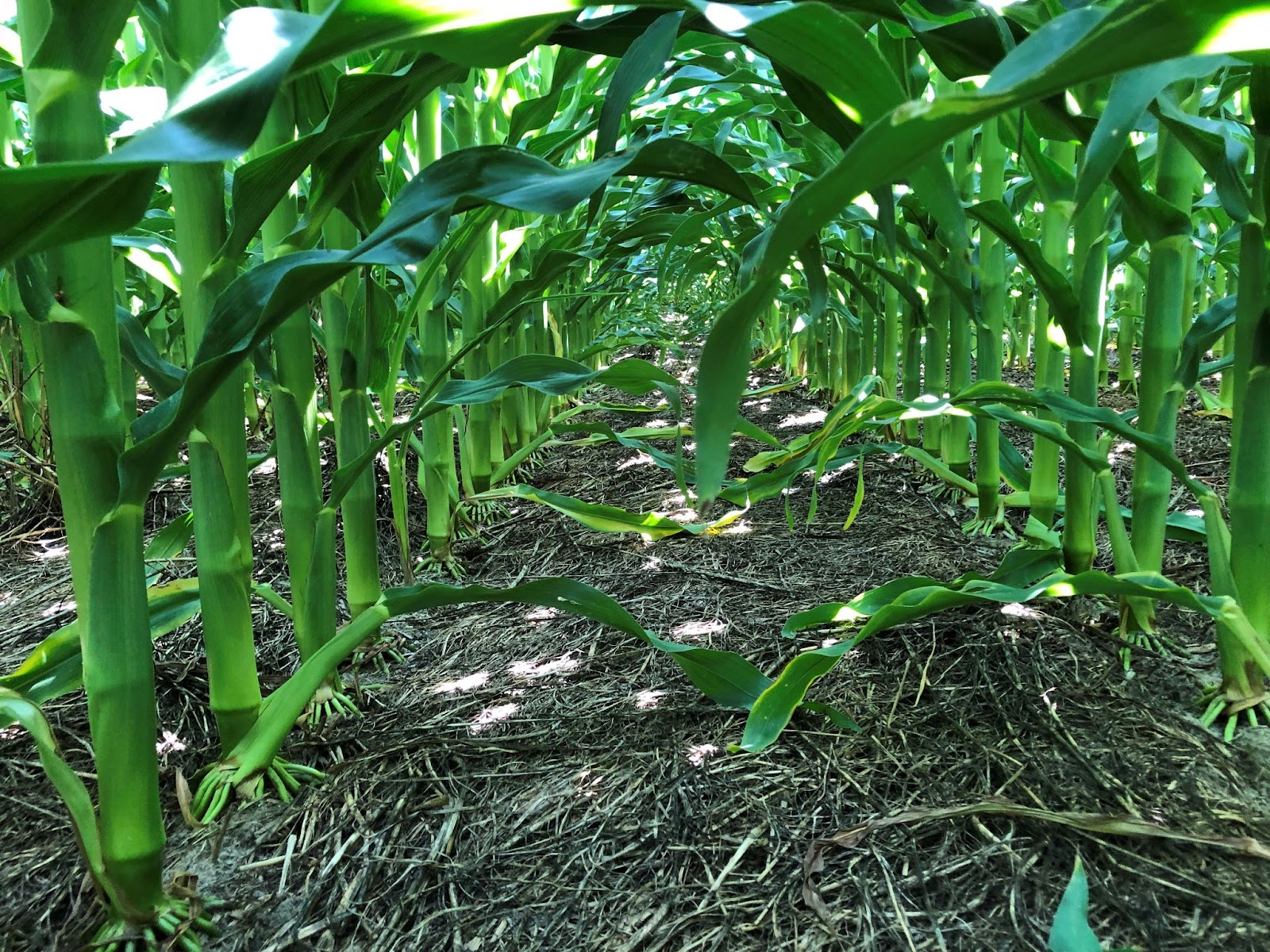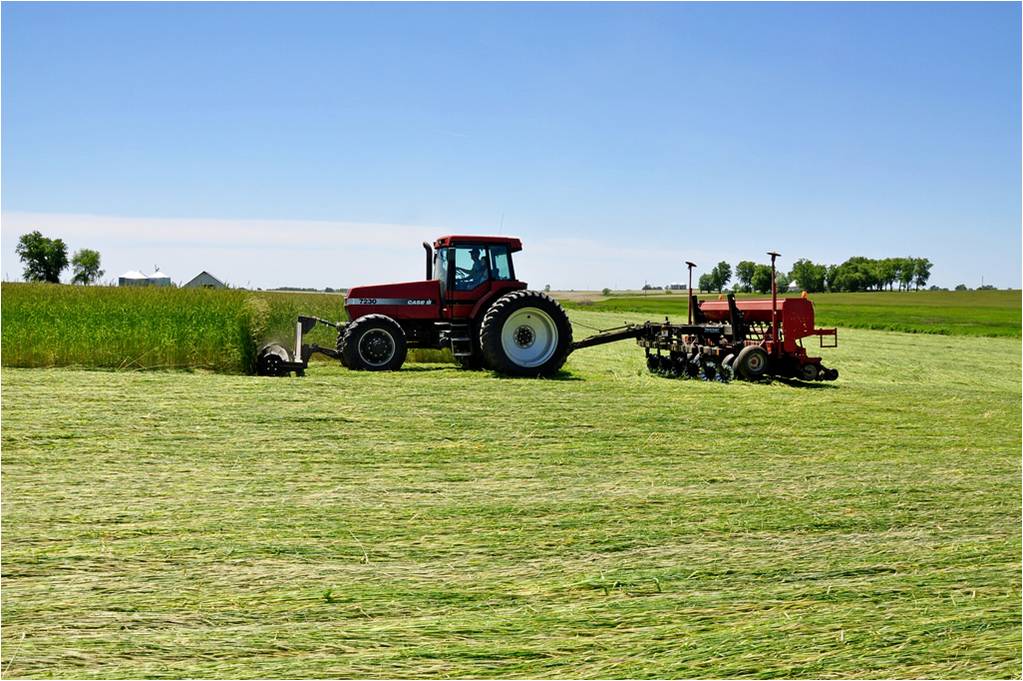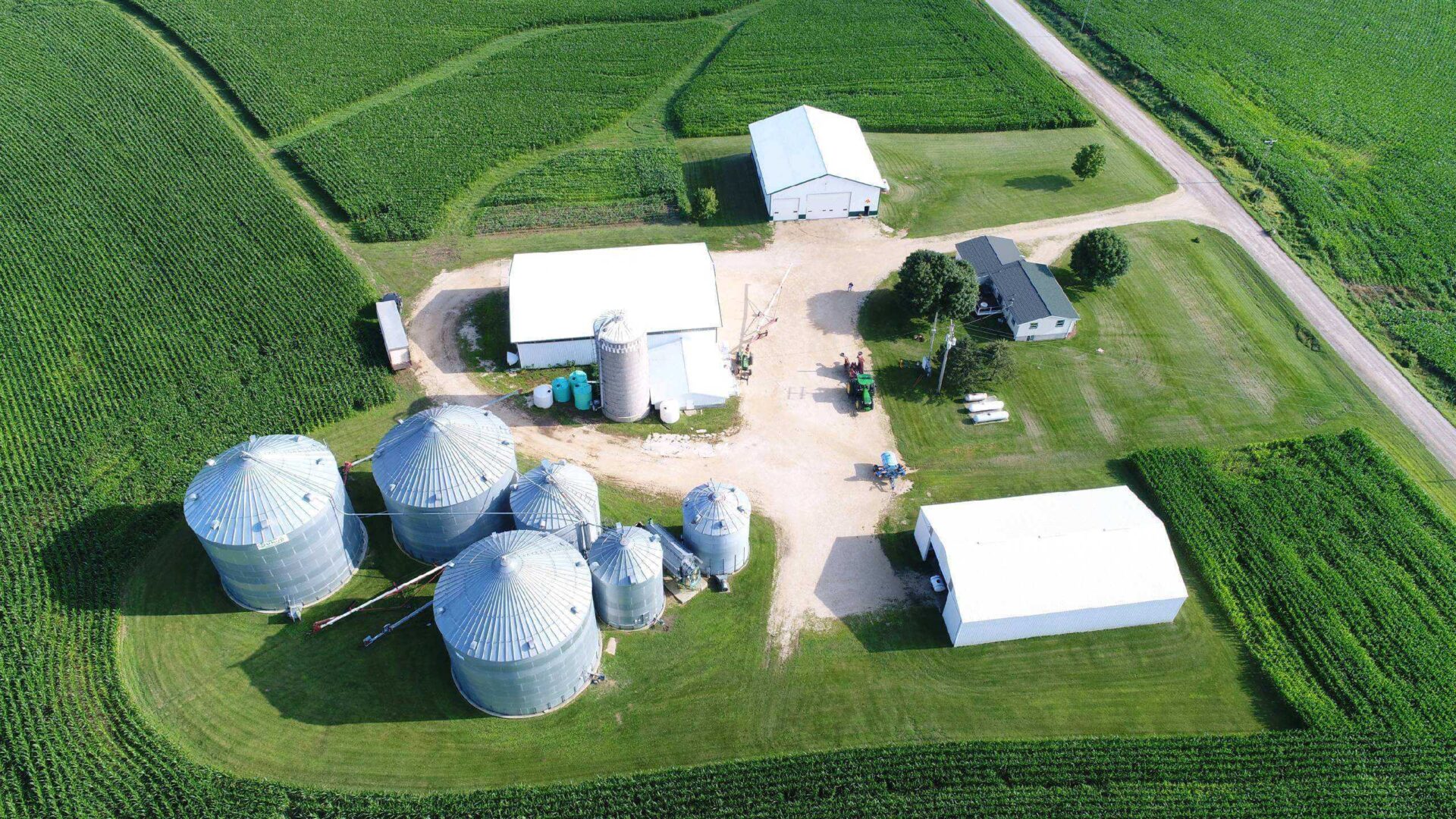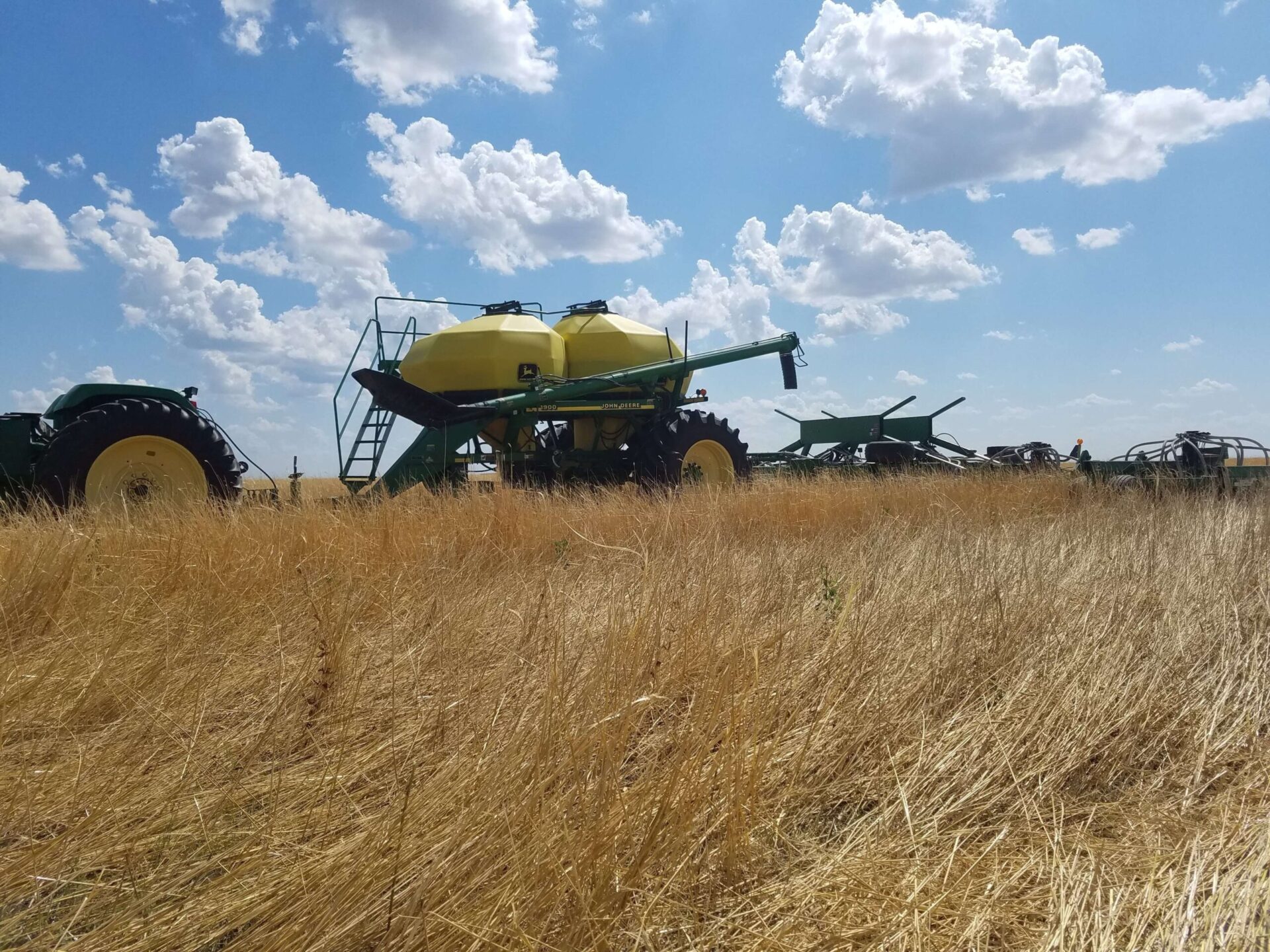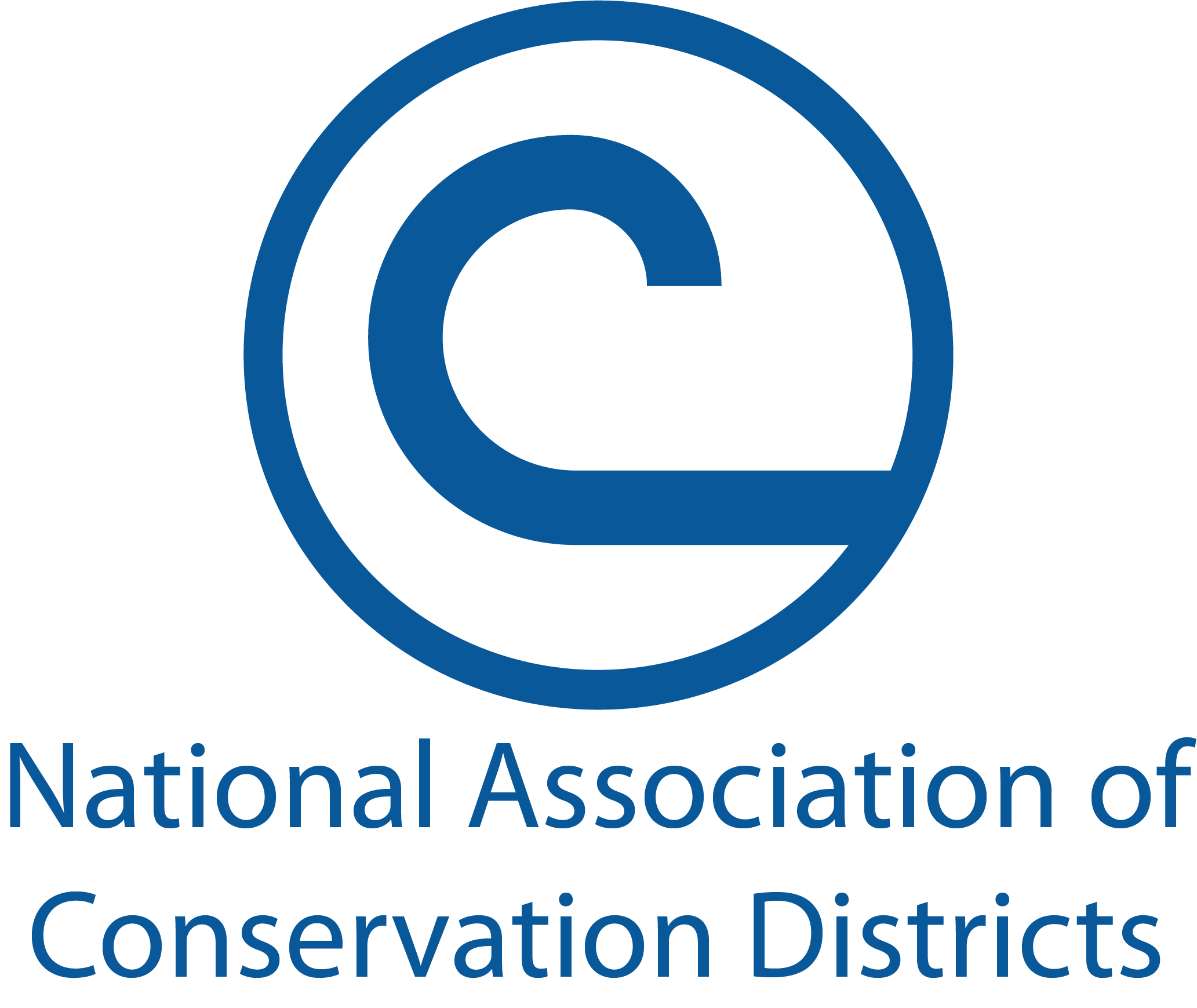Videos & Fact Sheets
Farms 1-6
-
Farm #1 - Chesapeake Bay Watershed of Delaware
-
Farm #2 - English River Watershed of Iowa
-
Farm #3 - Upper Warrior Creek Watershed of Georgia
-
Farm #4 - Salmon Falls Watershed of Idaho
-
Farm #5 - Duck Creek Watershed of Oklahoma
-
Farm #6 - Big Sioux River Watershed of South Dakota
Farms 7-12
-
Farm #7 - Inland Bays Watershed of Delaware
-
Farm #8 - Upper White River Watershed of Indiana
-
Farm #9 - Lower South Platte Watershed of Colorado
-
Farm #10 - Beech River Watershed of Tennessee
-
Farm #11 - Coxey Creek-Tennessee River Watershed of Alabama
-
Farm #12 - Lower Big Sioux River Watershed of Minnesota
Farms 13-18
-
Farm #13 - Middle Kickapoo River Watershed of Wisconsin
-
Farm #14 - Le Sueur Watershed of Minnesota
-
Farm #15 - Black Hawk Creek Watershed of Iowa
-
Farm #16 - Shoal, Piney, and Swan Creeks Watershed of Alabama
-
Farm #17 - Palouse Watershed of Washington
-
Farm #18 - Lower Pee Dee Watershed of South Carolina
Farms 19-24
-
Farm #19 - Portage River Watershed of Ohio
-
Farm #20 - Yellow River and Upper Iowa River Watersheds of Iowa
-
Farm #21 - Stony Creek-River Raisin Watersheds of Michigan
-
Farm #22 - Roebuck Lake-Yazoo River Watershed of Mississippi
-
Farm #23 - China Creek-Red River Watershed of Texas
-
Farm #24 - Colusa Basin Watershed of California
Farms 25-30
-
Farm #25 - Tippecanoe Watershed of Indiana
-
Farm #26 - Opossum Bayou-Tippo Bayou Watershed of Mississippi
-
Farm #27 - Upper Snake Rock Watershed of Idaho
-
Farm #28 - Choctawhatchee, Pea, and Yellow Rivers Watershed of Alabama
-
Farm #29 - Middle Columbia Watershed of Oregon
-
Farm #30 - Pee Dee Watershed of South Carolina

